"To see the world, things dangerous to come to, to see behind walls, draw closer, to find each other and to feel. That is the purpose of life."
Don't wanna be here? Send us removal request.
Photo

The number one question I got was “so. Did you ACTUALLY fly.” So now you need to swipe for proof I actually flew this thing! ✈️ #Mostly • • • • #aviationphotography #pilottraining #pilotview #cessna #aviatornation #theoutbound #mytinyatlas #adventureculture #avgeek #aviationdaily #instagramaviation #getoutstayout #bucketlistadventures #tlpicks #artclassified #thinkverylittle #johnwayneairport https://www.instagram.com/p/CoyOGvJJyGp/?igshid=NGJjMDIxMWI=
#mostly#aviationphotography#pilottraining#pilotview#cessna#aviatornation#theoutbound#mytinyatlas#adventureculture#avgeek#aviationdaily#instagramaviation#getoutstayout#bucketlistadventures#tlpicks#artclassified#thinkverylittle#johnwayneairport
7 notes
·
View notes
Photo

What a tease ☔️ #ComeBacktoCA #ItNeedsYou #RainyDaysForDays … .. . #tropicalweather #californiadreaming #mediumformat #bronica #portra400 #shotonfilm #120mm #analogvibes #sunsetshots #duskvillemag #portrafeed #fadinghours #somewheremag #25bluehours #oasismag #thinkverylittle #etczine (at California Dreamin') https://www.instagram.com/p/CivlpvMPH9F/?igshid=NGJjMDIxMWI=
#comebacktoca#itneedsyou#rainydaysfordays#tropicalweather#californiadreaming#mediumformat#bronica#portra400#shotonfilm#120mm#analogvibes#sunsetshots#duskvillemag#portrafeed#fadinghours#somewheremag#25bluehours#oasismag#thinkverylittle#etczine
5 notes
·
View notes
Text
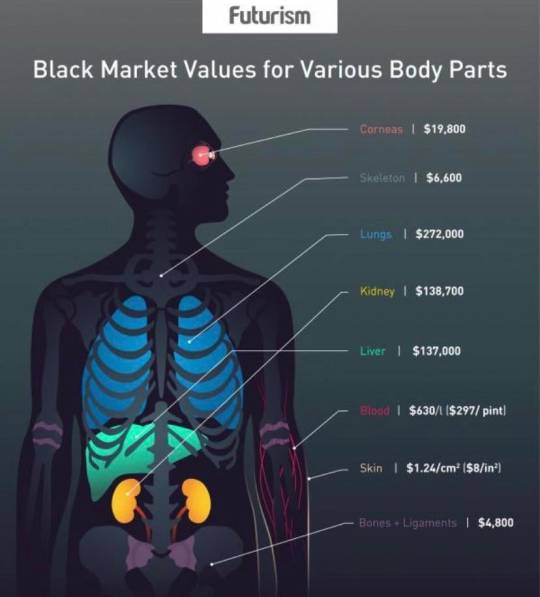
Black market prices for body parts!
1K notes
·
View notes
Text
This is how fast a fleeing Black Bear can climb up a tree | source
1K notes
·
View notes
Text
#SaveThePangolin
This is what a Pangolin's tongue looks like | source
713 notes
·
View notes
Text
Interesting facts about stars
Stars are giant, luminous spheres of plasma. There are billions of them — including our own sun — in the Milky Way Galaxy. And there are billions of galaxies in the universe. So far, we have learned that hundreds also have planets orbiting them.
1. Stars are made of the same stuff

All stars begin from clouds of cold molecular hydrogen that gravitationally collapse. As they cloud collapses, it fragments into many pieces that will go on to form individual stars. The material collects into a ball that continues to collapse under its own gravity until it can ignite nuclear fusion at its core. This initial gas was formed during the Big Bang, and is always about 74% hydrogen and 25% helium. Over time, stars convert some of their hydrogen into helium. That’s why our Sun’s ratio is more like 70% hydrogen and 29% helium. But all stars start out with ¾ hydrogen and ¼ helium, with other trace elements.
2. Most stars are red dwarfs

If you could collect all the stars together and put them in piles, the biggest pile, by far, would be the red dwarfs. These are stars with less than 50% the mass of the Sun. Red dwarfs can even be as small as 7.5% the mass of the Sun. Below that point, the star doesn’t have the gravitational pressure to raise the temperature inside its core to begin nuclear fusion. Those are called brown dwarfs, or failed stars. Red dwarfs burn with less than 1/10,000th the energy of the Sun, and can sip away at their fuel for 10 trillion years before running out of hydrogen.
3. Mass = temperature = color
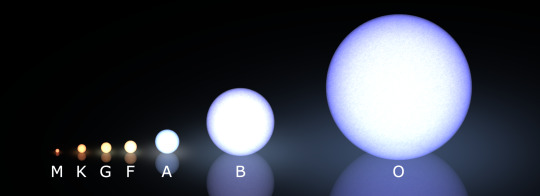
The color of stars can range from red to white to blue. Red is the coolest color; that’s a star with less than 3,500 Kelvin. Stars like our Sun are yellowish white and average around 6,000 Kelvin. The hottest stars are blue, which corresponds to surface temperatures above 12,000 Kelvin. So the temperature and color of a star are connected. Mass defines the temperature of a star. The more mass you have, the larger the star’s core is going to be, and the more nuclear fusion can be done at its core. This means that more energy reaches the surface of the star and increases its temperature. There’s a tricky exception to this: red giants. A typical red giant star can have the mass of our Sun, and would have been a white star all of its life. But as it nears the end of its life it increases in luminosity by a factor of 1000, and so it seems abnormally bright. But a blue giant star is just big, massive and hot.
4. Most stars come in multiples

It might look like all the stars are out there, all by themselves, but many come in pairs. These are binary stars, where two stars orbit a common center of gravity. And there are other systems out there with 3, 4 and even more stars. Just think of the beautiful sunrises you’d experience waking up on a world with 4 stars around it.
5. The biggest stars would engulf Saturn

Speaking of red giants, or in this case, red supergiants, there are some monster stars out there that really make our Sun look small. A familiar red supergiant is the star Betelgeuse in the constellation Orion. It has about 20 times the mass of the Sun, but it’s 1,000 times larger. But that’s nothing. The largest known star is the monster UY Scuti. It is a current and leading candidate for being the largest known star by radius and is also one of the most luminous of its kind. It has an estimated radius of 1,708 solar radii (1.188×109 kilometres; 7.94 astronomical units); thus a volume nearly 5 billion times that of the Sun.
6. There are many, many stars

Quick, how many stars are there in the Milky Way. You might be surprised to know that there are 200-400 billion stars in our galaxy. Each one is a separate island in space, perhaps with planets, and some may even have life.
7. The Sun is the closest star

Okay, this one you should know, but it’s pretty amazing to think that our own Sun, located a mere 150 million km away is average example of all the stars in the Universe. Our own Sun is classified as a G2 yellow dwarf star in the main sequence phase of its life. The Sun has been happily converting hydrogen into helium at its core for 4.5 billion years, and will likely continue doing so for another 7+ billion years. When the Sun runs out of fuel, it will become a red giant, bloating up many times its current size. As it expands, the Sun will consume Mercury, Venus and probably even Earth.
8. The biggest stars die early

Small stars like red dwarfs can live for trillions of years. But hypergiant stars, die early, because they burn their fuel quickly and become supernovae. On average, they live only a few tens of millions of years or less.
9. Failed stars

Brown dwarfs are substellar objects that occupy the mass range between the heaviest gas giant planets and the lightest stars, of approximately 13 to 75–80 Jupiter masses (MJ). Below this range are the sub-brown dwarfs, and above it are the lightest red dwarfs (M9 V). Unlike the stars in the main-sequence, brown dwarfs are not massive enough to sustain nuclear fusion of ordinary hydrogen (1H) to helium in their cores.
10. Sirius: The Brightest Star in the Night Sky

Sirius is a star system and the brightest star in the Earth’s night sky. With a visual apparent magnitude of −1.46, it is almost twice as bright as Canopus, the next brightest star. The system has the Bayer designation Alpha Canis Majoris (α CMa). What the naked eye perceives as a single star is a binary star system, consisting of a white main-sequence star of spectral type A0 or A1, termed Sirius A, and a faint white dwarf companion of spectral type DA2, called Sirius B.
To know more click the links: white dwarf, supernova, +stars, pulsars
sources: wikipedia and universetoday.com
image credits: NASA/JPL, Morgan Keenan, ESO, Philip Park / CC BY-SA 3.0,
9K notes
·
View notes
Text

Crabeater seal actually eat antartic krill, their jaws evolved to filter water.
942 notes
·
View notes
Photo








A fake world is a lot less painful than the real one. All I needed was for his mind to break, and he broke it.
Upgrade (2018) dir. Leigh Whannell
868 notes
·
View notes
Photo

9K notes
·
View notes
Text
Non-Newtonian fluid, the more force you put into it, the more it resists | source
11K notes
·
View notes
Text
How food is prepared for adverts | source
2K notes
·
View notes
Text
Draining Glyphosate into a container looks like a glitch in the matrix with video | source
17K notes
·
View notes
Photo
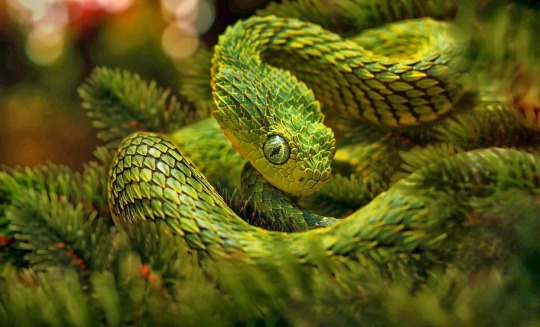
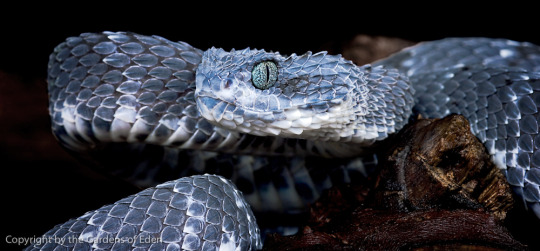
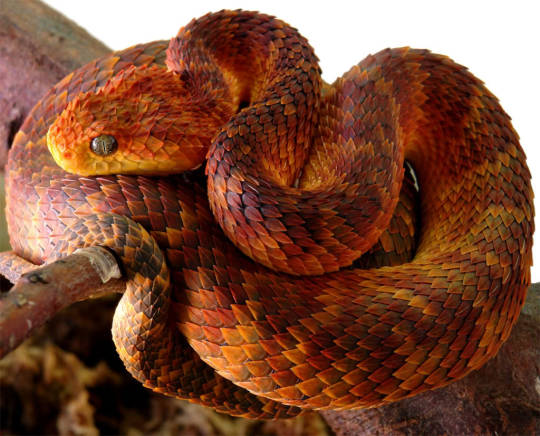
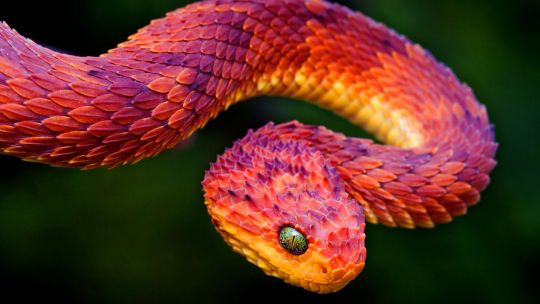
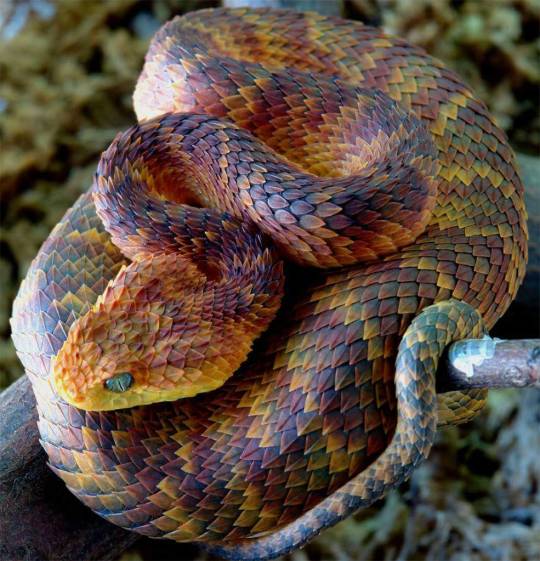
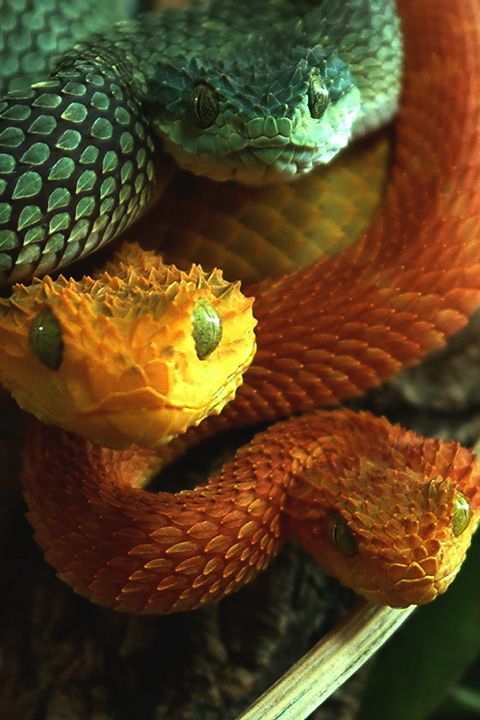
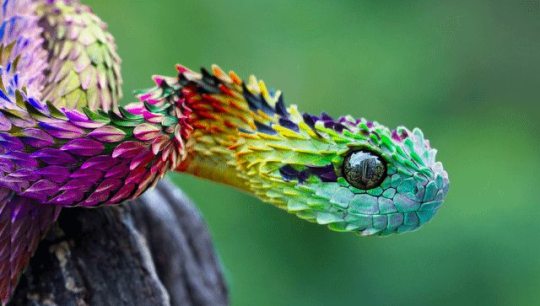
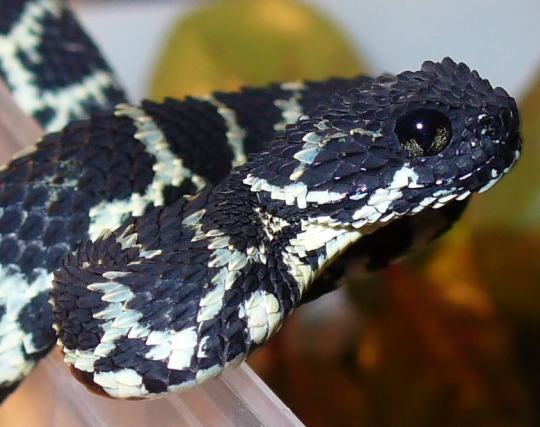
Atheris squamigera, common names: green bush viper, variable bush viper, leaf viper and others, is a venomous viper species that can be found in West and central Africa: Ivory Coast and Ghana, eastward through southern Nigeria to Cameroon, southern Central African Republic, Gabon, Congo, DR Congo, northern Angola, Uganda, Tanzania (Rumanika Game Reserve), western Kenya and Bioko Island. . No subspecies are currently recognized. It’s truly a miraculously beautiful snake.
Habitat preference: Found mostly in rain forest. Said to prefer relatively low and thick, flowering bushes.
Venom: Bites from this particular species have resulted in at least one report of severe hematological complications as well as two deaths.
86K notes
·
View notes
Text
A marine flatworm with its crab prey at low tide.
Video credit: Kurt Cabahug
5K notes
·
View notes
Photo
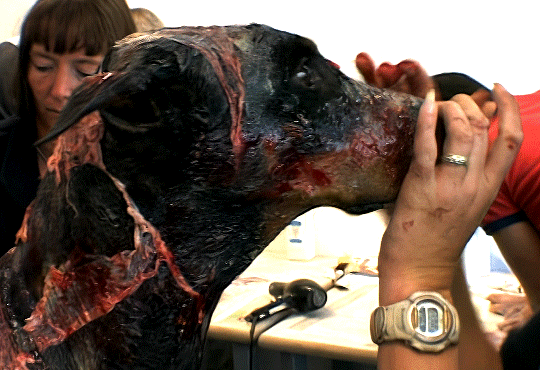
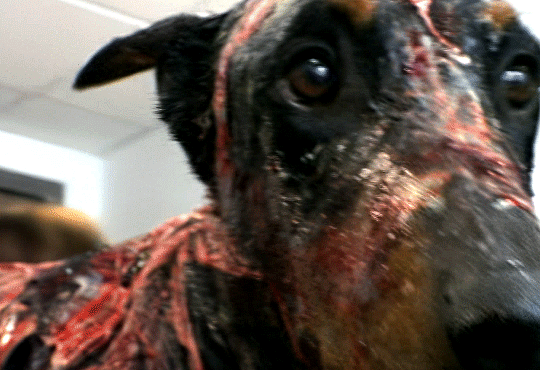

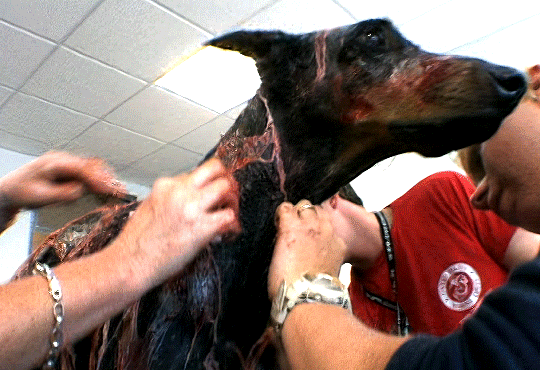
A good pupper getting make-up done on the set of Resident Evil
Ripped from Resident Evil Deluxe Edition DVD
35K notes
·
View notes
Text
Maybe I would drink more water if I could eat it.
Scientists created edible water | source
1K notes
·
View notes
Text
Stargazer fish will bury themselves while waiting for small fish or crustaceans to past by. Then their large mouths act like a vacuum, and suck their prey right in. Source
2K notes
·
View notes